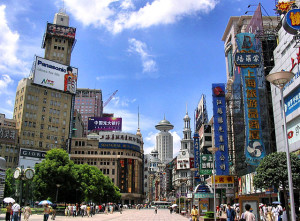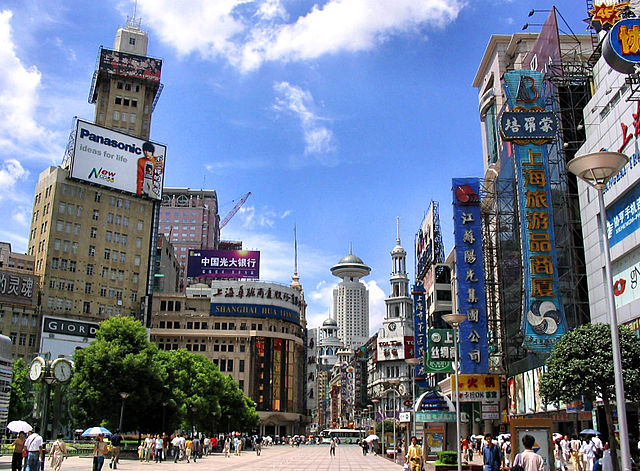 The year 2016 will be one filled with challenges generated in large part by the slowdown of the Chinese economy, making global economic expansion anything but smooth and unhampered, says the Baltic and International Maritime Council (Bimco).
The year 2016 will be one filled with challenges generated in large part by the slowdown of the Chinese economy, making global economic expansion anything but smooth and unhampered, says the Baltic and International Maritime Council (Bimco).
In its outlook for the year, Bimco believes that in view of the challenging global economics, the pickup in activity this year will be more gradual. It noted that the International Monetary Fund has also just revised its view on 2016 and 2017, down by 0.2% for each year.
“The year has started on thin ice and with mixed messages from economists, ranging between there being a new financial crisis around the corner to much calmer statements. The likelihood of a solid and steady growth path throughout the year in all nations of the world can swiftly be dismissed,” said the council.
Much of the trepidation is over how China will fare this year. The slowdown of the world’s second largest economy will echo in most of the emerging and developing economies from South America to Africa and Asia, said Bimco.
“China has in recent years spurred growth in EM, and as economic growth slows down for China as the ‘main engine’—so it does for others who normally benefit,” it added.
The ongoing devaluation of the Chinese yuan against the U.S. dollar is a two-edged sword. Exports may go up, which will be good for containerized imports into Europe, but imports will become more expensive in China, which may hamper the tanker and dry bulk markets.
Looking at the other key economies, Bimco said the U.S. finally hiked interest rates on December 16, 2015. But this has not dented employment, as job creation was still strong last month. Moreover, U.S. GDP grew by an annual rate of 2% in the third quarter, and private consumption and imports both went up. Inflation rate, however, did not climb up, but Bimco thinks this “is not all bad news, as it means that real wage increases are seen across the board, enhancing consumers’ purchasing power.”
In India, the country’s economic performance stood out in 2015. GDP grew by 7.4% in the third quarter of 2015 year-on-year, up from 7% in the second quarter of 2015.
“For 2016, it’s going to be interesting to see if the Modi administration can deliver another year of strong growth, capitalizing on the huge rebranding effort by India in being a good place to do business,” said Bimco.
Japan, meanwhile, is still making its way back from several decades of bleak economic performance. Prime Minister Shinzo Abe has implemented the first two of his “arrows” which focused on fiscal and monetary policies, but has yet to release the “third arrow” of structural reform. Abe announced during 2015 “three additional arrows” to move the nation forward: strong economy, support for families, and social security.
“Whether those arrows will create a turnaround is yet to be seen. What has shown itself is that the original ‘arrows’ so far, have failed to turn around its economy as Japan went into its fourth recession in five years, with second quarter 2015 GDP growth at -0.7% and third quarter 2015 at -0.8%,” said Bimco.
As for Europe, the sluggish inflation rates remain a global issue, not just a European one. Over the past year, the Euro has lost 8% against the U.S. dollar and 3% against the Chinese yuan. Exchange rate volatility is, once again a big influence on international trade.
Europe remains split, with struggling economies in the south and stronger economies in the north. The council sees stronger growth in Europe in 2016 if households keep spending while governments increase spending as they take care of the refugees and migrants.
“Bimco sees Europe and Japan as potential positive stories in 2016, standing out from an otherwise dismal outlook in most regions.”
It also regards the lifting of sanctions against Iran as making a positive impact on international shipping, as Iran will start to increase its foreign trade.
According to the World Bank, major advanced economies are going to increase their contribution to global GDP growth during 2015-2018, but the opposite is true for commodity exporters that are suffering due to low commodity prices.
“Historically, growth in advanced economies has generated more trade than growth in emerging markets but that is not guaranteed going forward. What we know from the last few years is that the trade multiplier on economic growth has decreased from the level we saw before 2008 and we have yet to see any improvement on that,” said Bimco.
Photo: Nanjing Road





